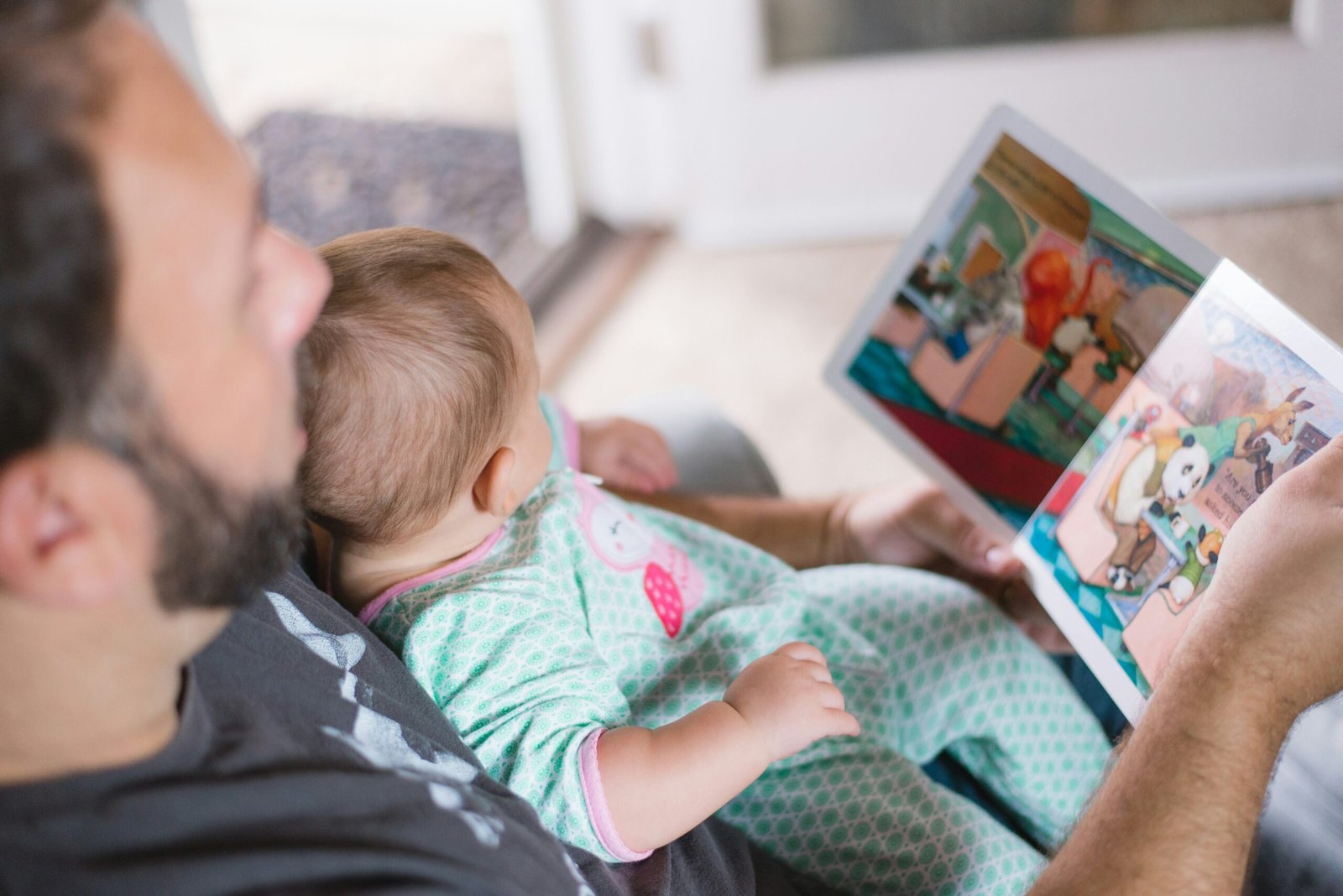Are you worried that your child’s language skills are developing slower than others?
Some basic understanding for speech and language development:
Speech development: Involves children’s physical ability to say or pronounce sounds and words, such as mamama, dadada etc.
Language development: Encompass understanding of vocabulary and ability to use them in sentences involving physical and cognitive skills.
My Experience
I grew up in multilingual family and naturally, I want to speak my native language (Mandarin) with my son. When he was around 1.5-year-old, he rarely talked. He mostly babbled and said “mama” or “baba”. Otherwise, he didn’t speak much words. Although he understood most of what I said and used body language or simple sounds to express himself, his development didn’t match typical milestones. I was worried and I researched ways to help him. I reminded myself that I should be patient and understanding that every child is unique.
At 2.5 year old, his speech improved drastically after spending time with family members back in my hometown. I was so surprise and relief that he could speak more words! So moms, don’t be panic. Give your child some time. Bear in mind that language development milestone milestone can vary if your child is raised in multilingual environment. If you’re still concerned about your child’s development, seek professional advice.
Here are some effective tips to help your child (1-3 year old) develop language skills:
1. Repetition of Words
If your children are still learning 1-2 words, get down to your child’s eye level, slow down your speech, say the word with your mouth widely open and with exaggerated expressions. Repeat the words several times. Believe me, this is a great full-of-laughing game with your little ones.
2. Delay Gratification
Gently encourage your child to voice their desires by waiting before fulfilling them. However, do not overdo this because it will cause frustration.
Example: When your child points to an apple (body language), ask the child “what would you like, baby?” Pause and say, “Oo. Do you want apple?” Speak slowly and point to the apple “A.p.p.l.e? A.p.p.l.e. Here you go. A piece of a.p.p.l.e for you.”
When the child is getting better with speaking. You can wait for around 10 second for him to speak the word.
3. Narrative Daily Activities
Just describe whatever you are doing.
Example: “We are brushing our teeth now. Brush, brush! Teeth are white and clean!” If possible, you can include any song they are familiar with. Here is my version of “Brushing Teeth” song matching the tone of “The Wheel on The Bus”.
“The toothbrush in your hand goes round and round,
Round and round
Round and round
The toothbrush in your hand goes round and round
Keep your teeth so clean!”
4. Sing Songs with Pauses & Actions
When your child is familiar with the song, sing the song with pauses to let them fill in blanks. You might be surprise that your child can fill in the blank with correct word and key.
Example: The wheels on the bus go round and….? Round and…? Round and….? The wheels on the bus go round and….? All to the….?
5. Interactive Reading
Read pictures books together with your child, pointing to objects and asking your child to name them. Invite other friends (puppets or favorite toys) as audience.
Example: When reading, point to a truck and ask, “what is this?” Pause and give them time to think and respond. You don’t have to follow the texts in the book. Let your children lead. Ask some open questions when they can speak more or even ask them to read the story to their friends (puppets or favorite toys).
6. Pretend / Imaginary Play Games
This is always good games for children to mimic adults’ speech and vocabularies. Get some toys to practice with your child.
Example: Create grocery store with toy food and tools items. Use vocabulary related to food, number and shapes. Shopping to buy food with your child. “Can you pick 2 apples for me, please?” Practice polite conversation and phrases such as “Thank you.”
These are the methods that I experience with my child to enhance language development by making learning fun and interactive.







